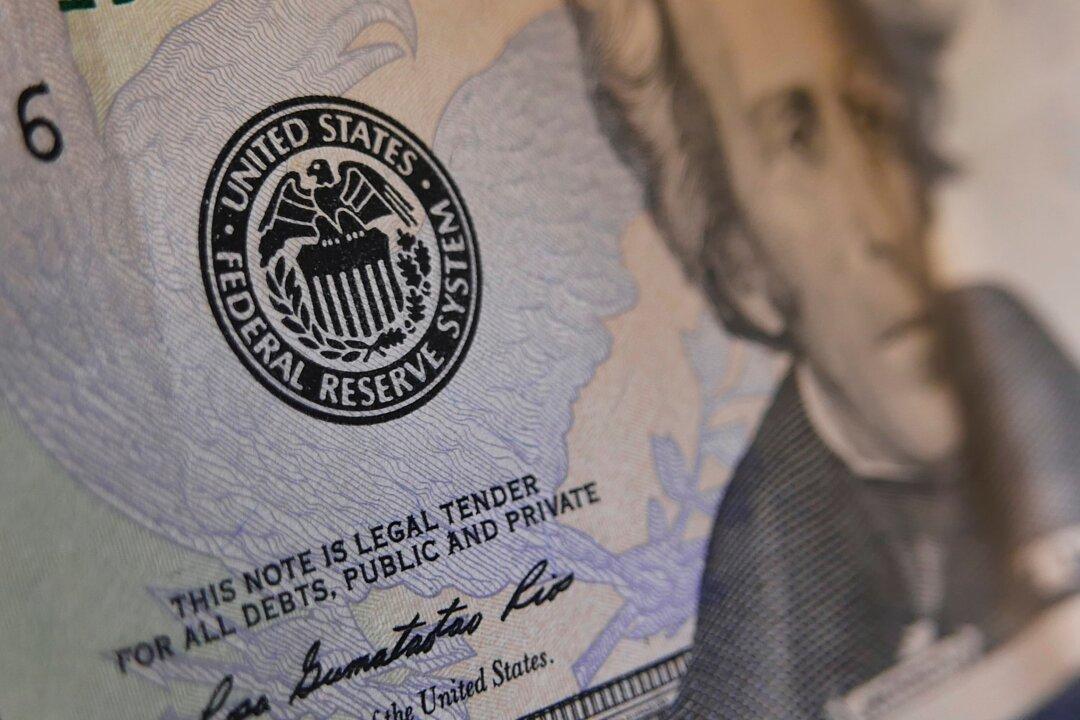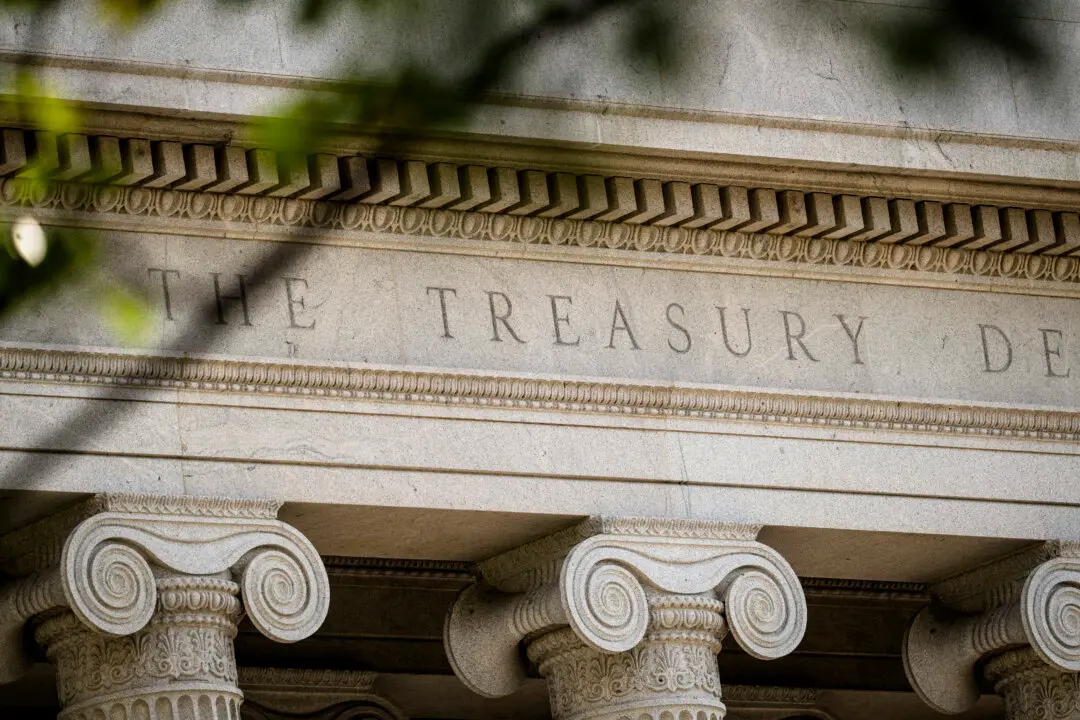Commentary
The unemployment rate in Canada rose to 5.5 percent in July, up from 5.4 percent in June. The rate continues to trend higher than what seems like the trough of 5.0 percent at the end of 2022 and beginning of 2023, but below the pre-pandemic period.
The consensus forecast for job growth was 25,000. Instead, the figure came in at a net job loss of 6,000, confirming that the Canadian economy is relatively slow. The construction industry lost 45,000 jobs, down 2.8 percent. Educational services and agriculture had net gains. The unemployment rate has increased for three consecutive months.
Average wages rose a healthy 5.5 percent year over year, which was above headline Consumer Price Index. The employment picture looks lethargic, neither robust nor weak. Overall, the general economy remains in a low growth phase. The Bank of Canada may refrain from raising rates in September as inflationary pressures subside. However, wage growth continues to be higher than some economic observers would like given a 2 percent inflation target. The published data seems to be at odds with average Canadians who are currently struggling financially.In contrast to Canada, the United States saw job gains of 187,000, which was below the consensus of 200,000 to 225,000. The unemployment rate dropped to 3.5 percent in July from 3.6 percent the previous month. The rate comfortably remains in the 3.4 percent and 3.7 percent range of the last year and a half.





